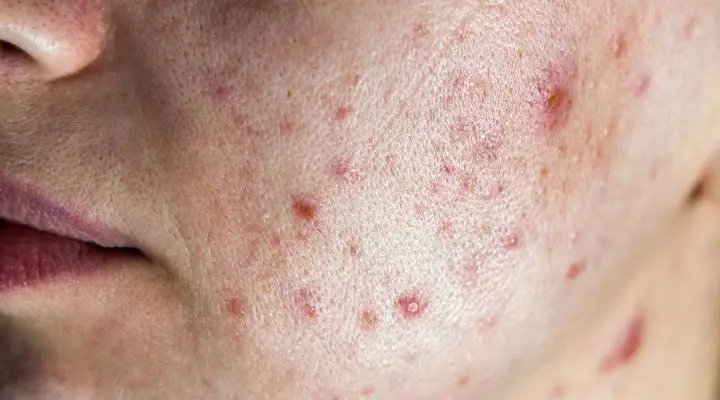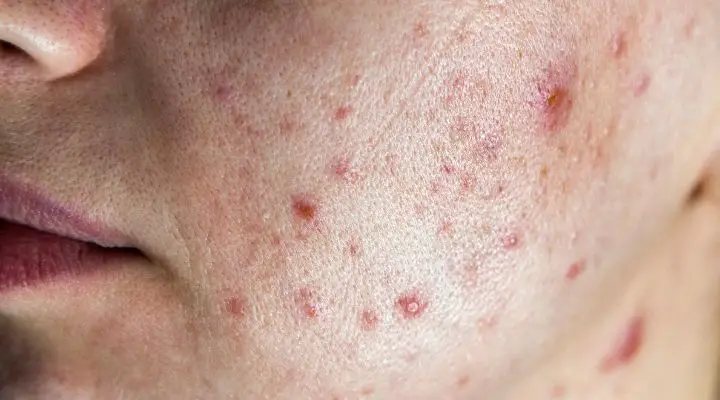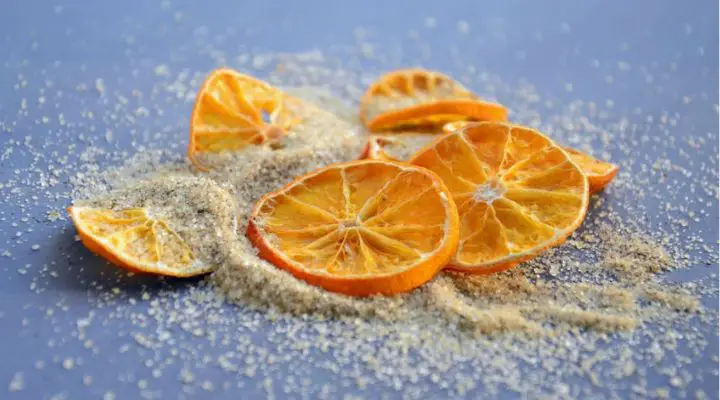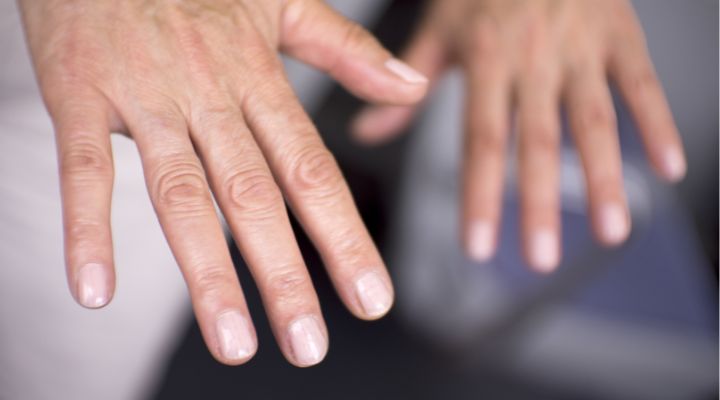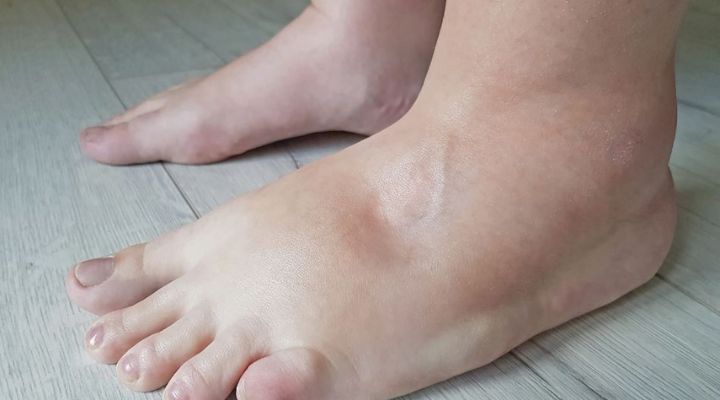The canvas of our skin, painted with hues diverse, sometimes reveals curious markings—red dots that beckon inquiry. What tales do they whisper, these crimson freckles on our flesh? Let us embark on a journey to decipher their enigmatic language.
I. Introduction
In the mosaic of human anatomy, red dots on the skin stand as cryptic symbols, arousing both wonder and concern. Each speck, a brushstroke of narrative, invites us to unravel its mystery.
II. Causes of Red Dots
A. Vascular Concerns
The circulatory tapestry beneath our skin occasionally weaves patterns of ruby droplets, signaling potential vascular issues. These dots, known as petechiae, may emerge due to fragile blood vessels or platelet abnormalities.
B. Dermatological Conditions
Nature’s palette of afflictions paints red splotches on our skin, indicative of various dermatological maladies. Cherry angiomas, for instance, are benign growths that add scarlet embellishments to our epidermis.

